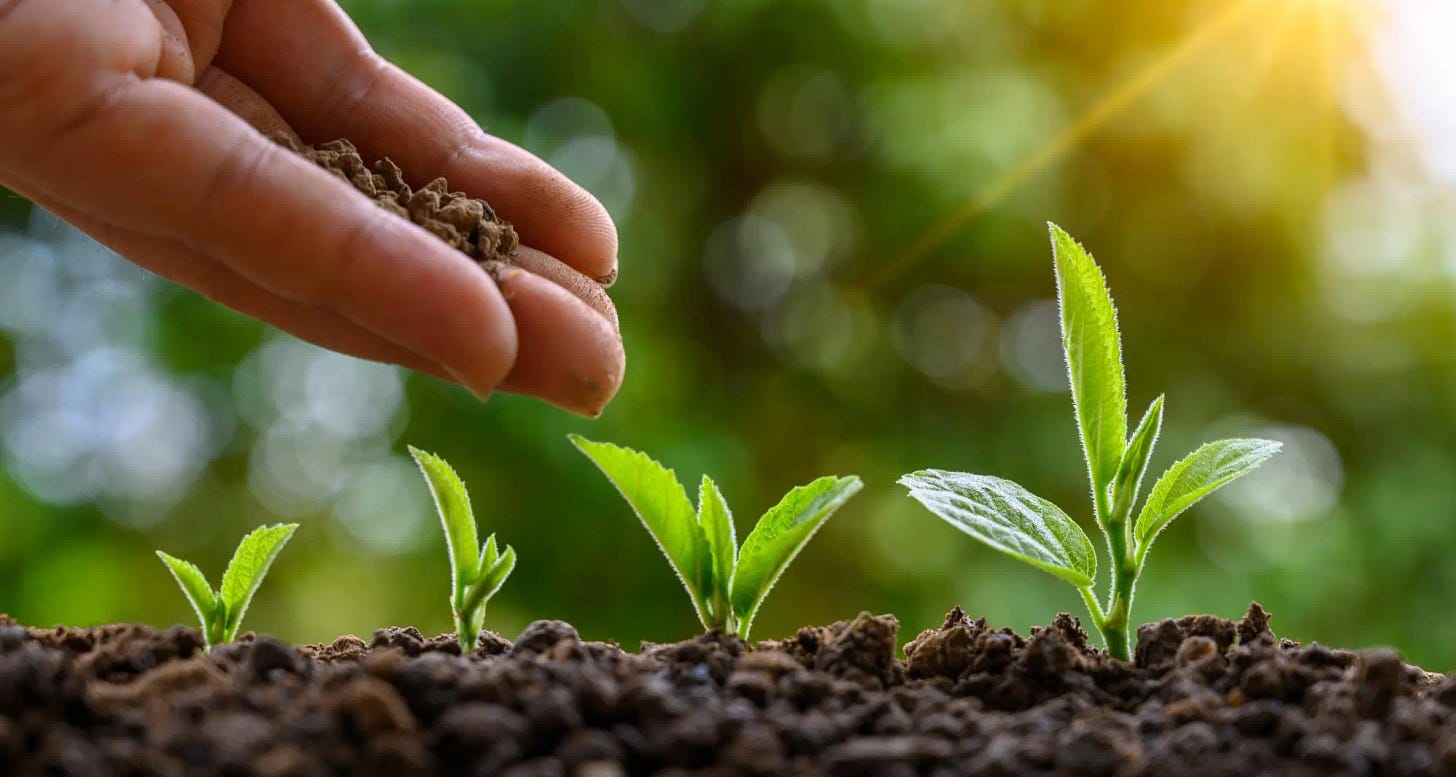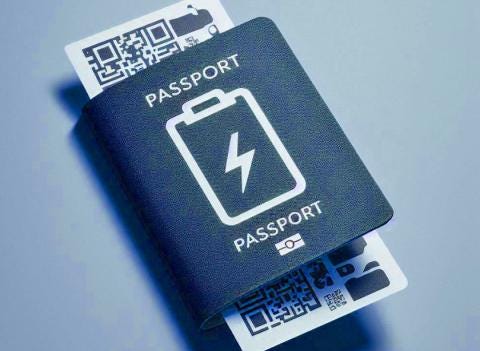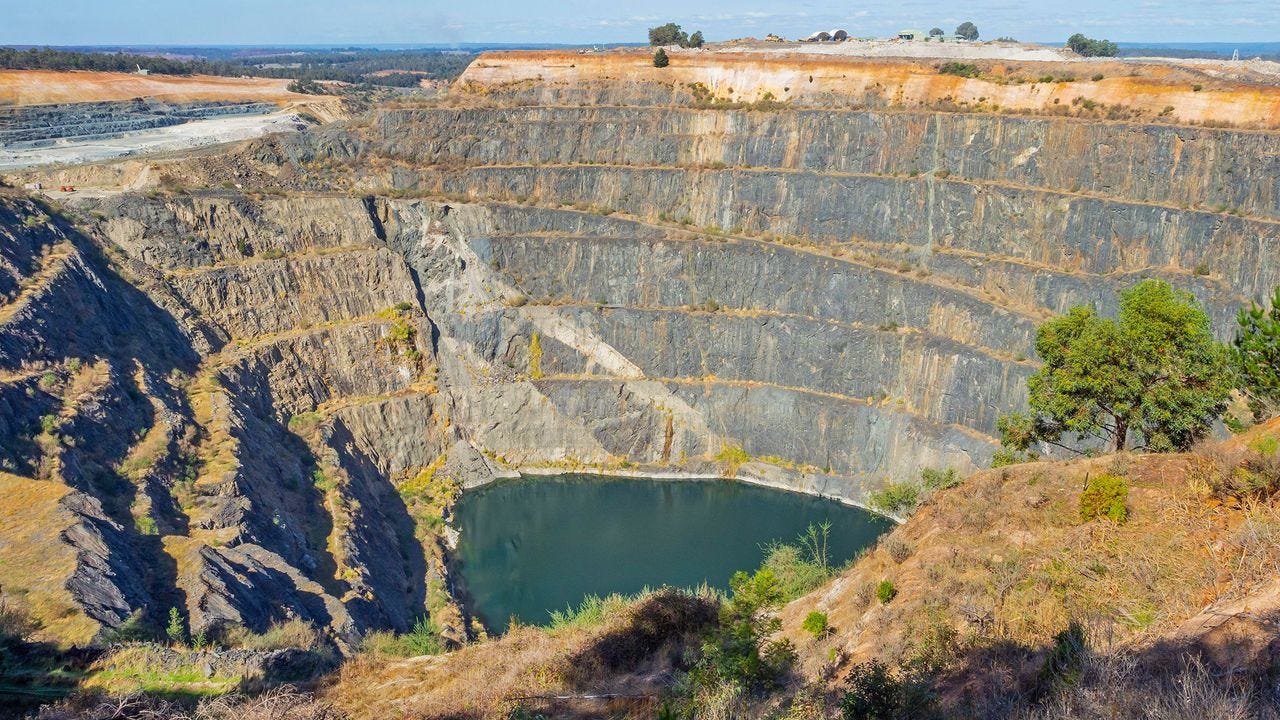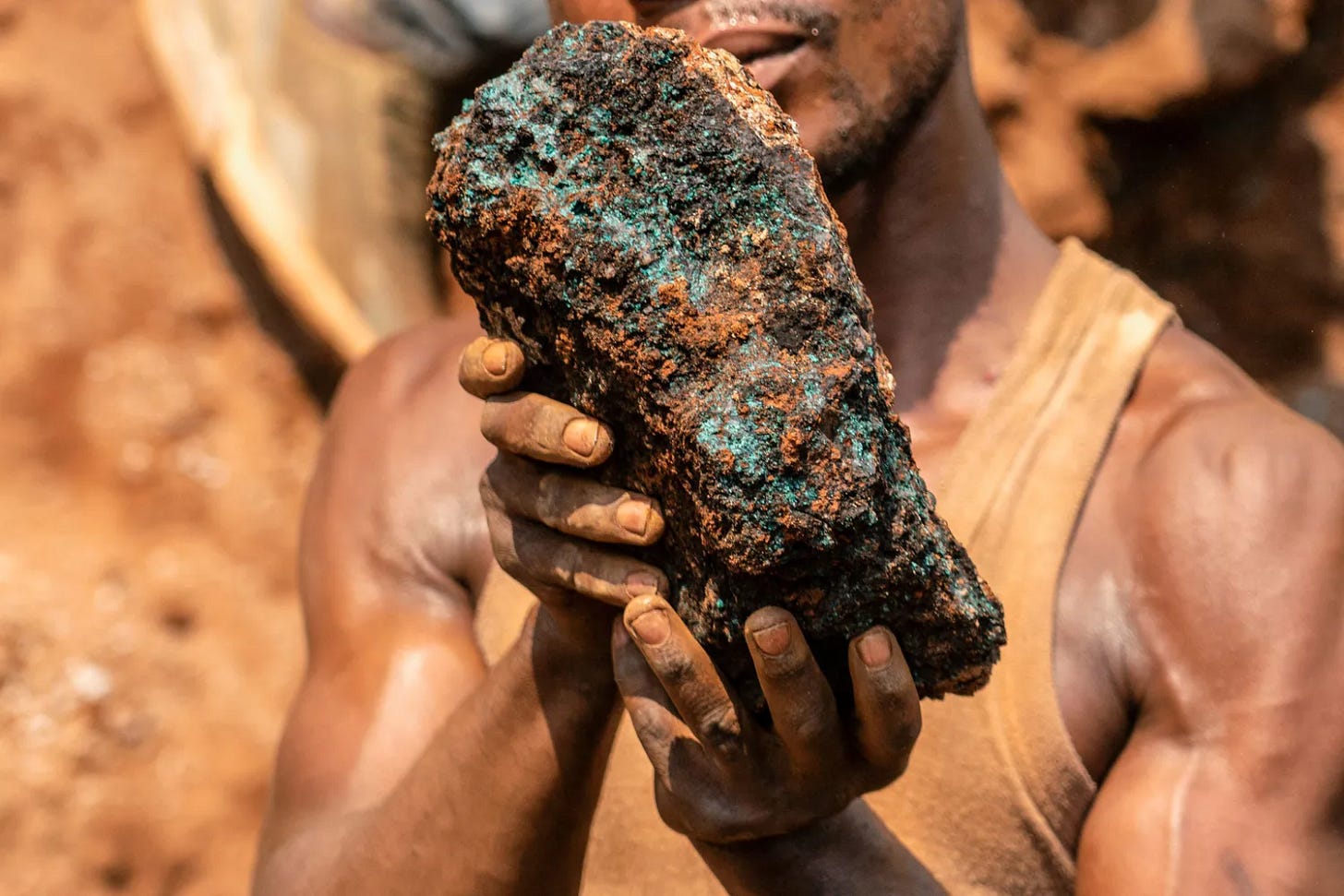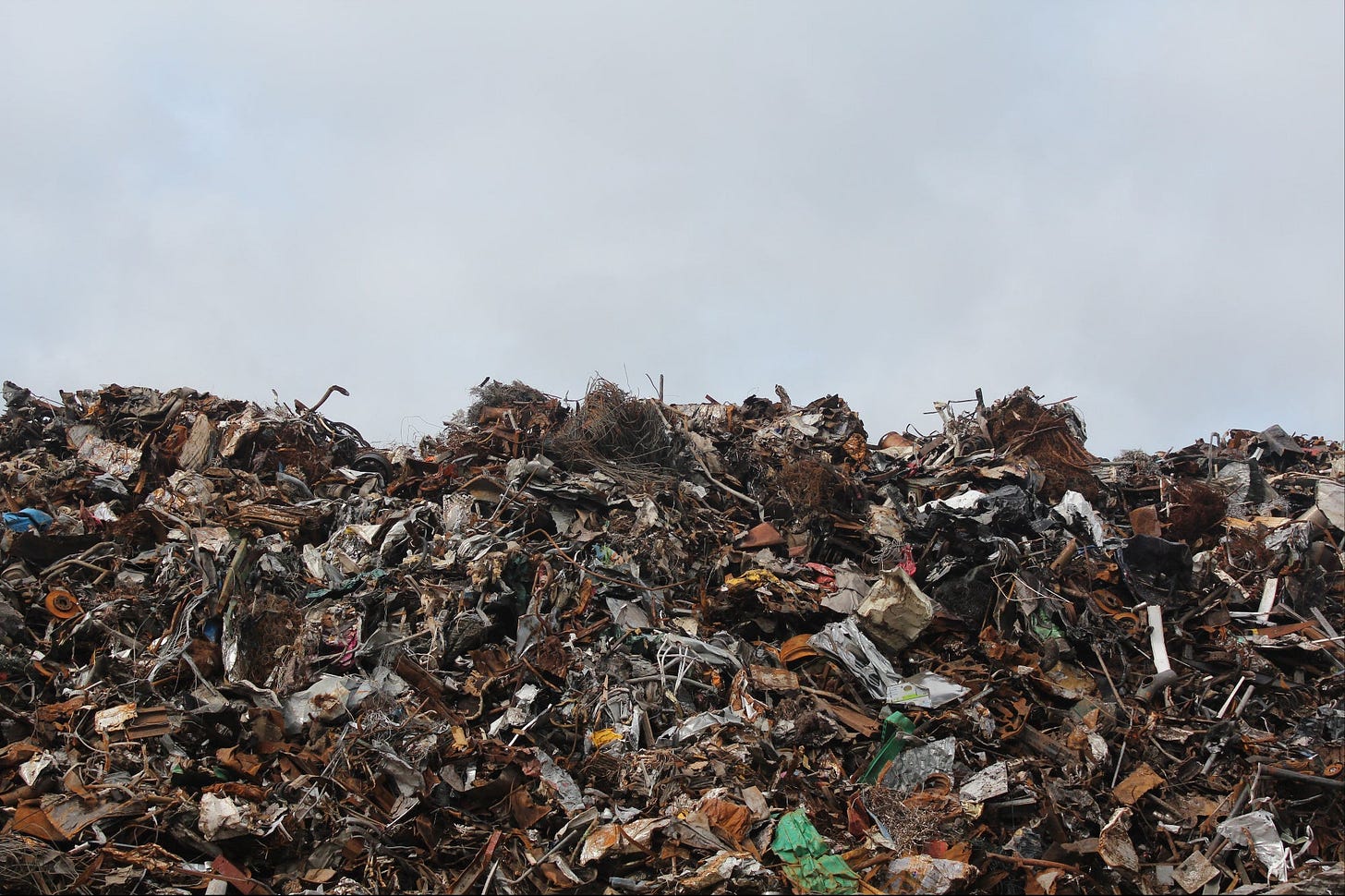Christine Nikander on the Role of Regulation, E-Waste, and Electric Vehicles
Exploring the Path to a Greener Future Through Law, Innovation, and Ethical Practices
Welcome to this week’s edition of This Week in Sustainability, where we delve into the complex and fascinating world of environmental law, sustainability, and the evolving landscape of e-waste management. Today, we’re thrilled to share insights from an enlightening interview with Christine Nikander, an expert in environmental and human rights law. Christine is also the founder of Palsa & Pulk, a consultancy focused on social and environmental sustainability, and author of insightful sustainability publication The E-Waste Column.
The Role of Regulation in Creating a Sustainable World
The discussion quickly turned to the pivotal role of regulation in driving sustainable practices. Christine acknowledged the occasional complaints about over-regulation in the EU sustainability space but firmly believes that regulation is a powerful force for positive change.
“One of the things that's great about regulation, or can be great about regulation, is that it can create an equal playing field for different market actors and set some sort of bare minimum standards. I think that can also be useful for market actors and entities that are trying to work to higher standards.” - Christine Nikander
However, Christine also cautioned that regulation by itself is not enough to solve the world’s sustainability challenges. Implementation, enforcement, and a genuine commitment to the spirit of regulation are equally important.
“Regulation alone won't save the world. I think that's putting too much emphasis on that, and I think that regulations, at the end of the day, are also only as good as we make them.” - Christine Nikander
Christine pointed to historical examples of successful environmental regulation, such as pollution safety regulations, the creation of the US Environmental Protection Agency (EPA) in the 1970s, and the Montreal Protocol that phased out chlorofluorocarbons (CFCs). She also stressed the consequences of insufficient regulation, noting:
“Without environmental regulations, we'd probably be living in a world where your tap water wouldn't be safe to drink, or maybe you would be inhaling air that would cause health issues.” - Christine Nikander
Ethical Sourcing and Recycling of Lithium Batteries
With the increasing reliance on lithium batteries in electric vehicles and other technologies, the conversation shifted to the critical regulatory measures needed to ensure ethical sourcing, recycling, and disposal. Christine emphasized the importance of understanding and governing supply chains better, particularly on the social sustainability side.
“There's more space to really engage with the social impact side, so I think that's something that would be nice to see going forward.” -Christine Nikander
She praised the EU's battery regulation adopted in 2023, especially the introduction of battery passports. This regulation will require all electric vehicles sold in the EU to come with a scannable code providing information on the environmental, climate, and social impacts of the battery’s production.
Conflict Mineral Regulations and Circular Economy
Regarding conflict mineral regulations and the growing demand for rare earth materials, Christine divided her answer into two parts: primary life (virgin minerals) and secondary life (recycled minerals).
For virgin metals, Christine highlighted the importance of better understanding supply chains and addressing social labor issues, while also urging companies to collaborate and learn from each other’s experiences.
“The mining industry has a long history of different issues that we’ve seen, so I'd say I would encourage companies to use their histories but also the histories of other companies to try to identify issues early on, or even anticipate them and set up systems that allow them to immediately react and mitigate issues when they do arise.” - Christine Nikander
While current conflict mineral regulations primarily focus on 3TG minerals (tin, tungsten, tantalum, and gold), they often fail to address other problematic materials like cobalt, which may be “laundered” or transported from conflict zones to neighboring countries before being sold. Christine stressed the need for more robust due diligence and regulations to tackle this issue.
On the topic of recycled metals, Christine emphasized the importance of circularity and innovation in recycling e-waste responsibly.
“If we have e-waste, how can we recycle that more responsibly, and how can we make sure that minerals are being used again, and used in an optimal way?” - Christine Nikander
Christine also spoke about the potential of urban mining, where raw materials and valuable components are reclaimed from discarded goods and waste within cities, turning urban waste into a new resource. She stressed the need for innovative methods to reuse, reclaim, and recycle materials.
The Future of Electric Vehicles and Public Transport Electrification
Finally, the conversation addressed the EU's 2035 target for electric vehicles. Christine noted the ongoing debate about the feasibility of this goal and advocated for more attention to electrifying public transport alongside personal cars. She also identified the lack of charging infrastructure as a major barrier for consumers and suggested it is something that needs to be developed.
“One of the things that could help us reach our target faster and could also generally be more sustainable is to talk about the electrification of public transport. And because that's something that governments can fund, it doesn't put so much responsibility or an additional hurdle or obligation on individual end users.” -Christine Nikander
Conclusion
Christine Nikander’s insights provide a comprehensive overview of the challenges and opportunities in building a more sustainable world. From the crucial role of regulation to the complexities of e-waste management and the future of electric vehicles, her expertise sheds light on the path forward. We encourage our readers to stay engaged and informed as we continue to navigate these critical issues together.
This Week in Sustainability is a weekly email from Brightest (and friends) about sustainability and climate strategy. If you’ve enjoyed this piece, please consider forwarding it to a friend or teammate. If you’re reading it for the first time, we hope you enjoyed it enough to consider subscribing. If we can be helpful to you or your organization’s sustainability journey, please be in touch.






